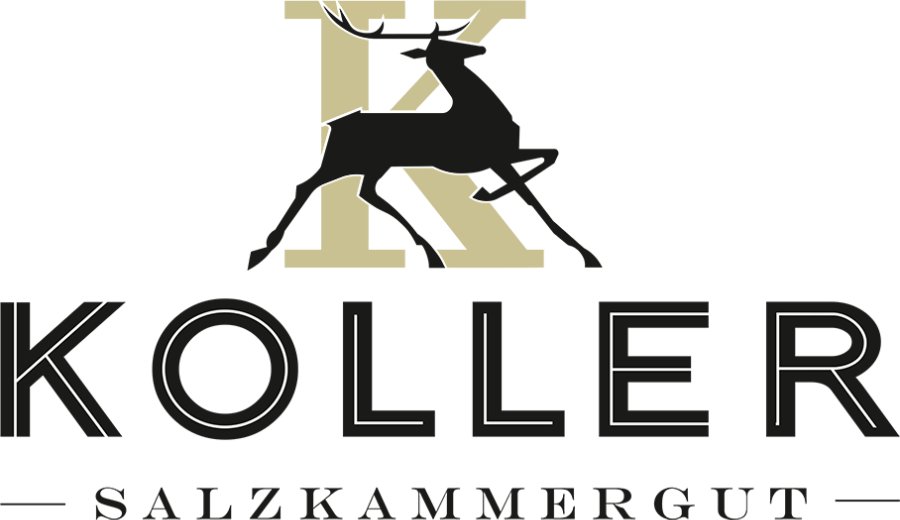
The Faber Villa
The long shadow of the imperial family
The Habsburgs, an Aargau princely family from Switzerland, covered in the 13th century. The majority of its administrative expenses come from customs revenue via the St. Gotthard. After the Confederates' successful fight for freedom, they looked for new sources of income, turned east, grabbed Austria, invented the “Salzkammergut” and placed it under private ownership. After that, people lived quite comfortably from the salt trade until the end of the First World War.
From the middle of the 19th century, the Habsburg Emperor Franz I Joseph spent his summer holidays in nearby Bad Ischl and with him everyone who had status in the huge Danube Monarchy.
Here in Gosau resided Ernst Graf Silva-Tarouc the k.u. k. Minister of Agriculture (the castle no longer exists) and Moritz Faber, the director of the “Liesinger Aktien-Brauerei” and builder of the Fabervilla, today’s Koller country house.

Moritz Faber with grandson Theodor and son Carl

Moritz Faber

Lease agreement 1891
with the K&K Federal Forests with the Carl Faber seal
After purchasing the property in 1852 and building the villa, the Faber family spent their first summer vacation here in 1883. Moritz Faber quickly conquered the hearts of the people of Gosau because every year he invited the population to “Faber Day”:
Every citizen received a hearty snack at his own expense and every school child received a cup. Even Emperor Franz Joseph I was Faber's guest several times during his stays in Bad Ischl for high hunting. In around 1900 the house was converted into a hunting villa.

The Faber Villa around 1860...

... and after the renovation in 1903
The Fabervilla and the path to the Koller country house
After the First World War, the collapse of the Austro-Hungarian Empire and the resulting massive business slump at the Liesinger Brewery, the Faber family's assets were in such bad shape that Moritz Faber had to think about selling as early as 1919.
The Faber family emigrated to Canada before the National Socialists came to power. During the Second World War, the villa was converted into a home for female labor service and after the end of the war it was confiscated as “German property” by the American occupying forces. In 1949, the son of the last legal owner, who had since died in emigration, handed the property over to a Viennese lawyer for sale.
In 1954, the sawmill owner Alois Wohlmuther acquired Villa Faber until his son-in-law Gottfried Koller Sr. bought it in 1961. renovated the house and started operating a guesthouse. The building was then adapted piece by piece to the needs over the years.
The second generation of the Koller family carried out the last major renovation in 1991. The current owners want to preserve the Koller country house as an architectural gem of the Salzkammergut:
“In the spirit of Moritz Faber, the house should be a hospitable place with a stylish, traditional flair for our guests” (Gottfried Koller).



